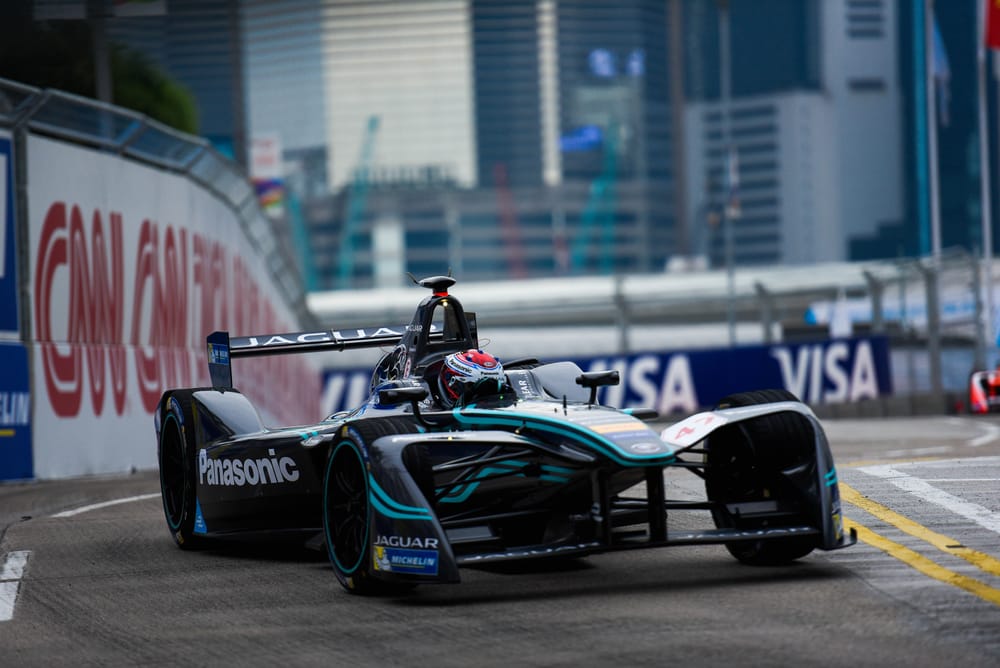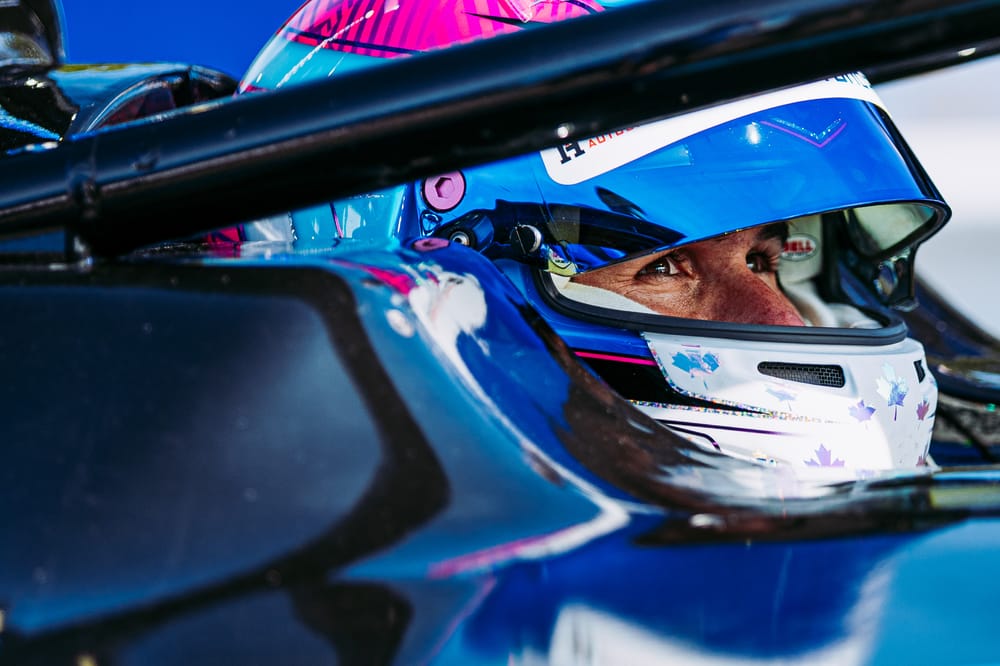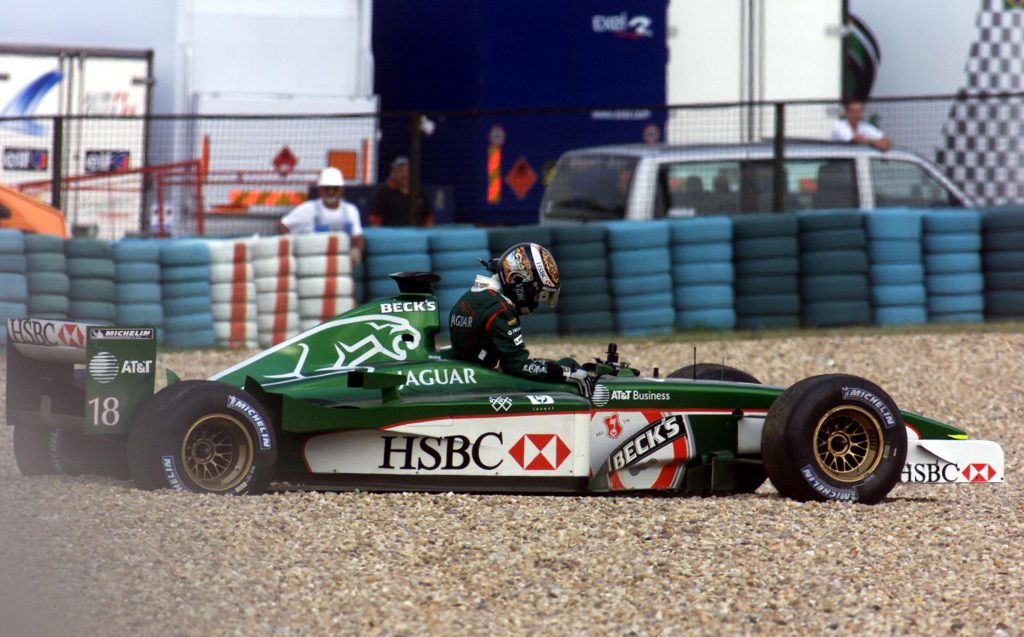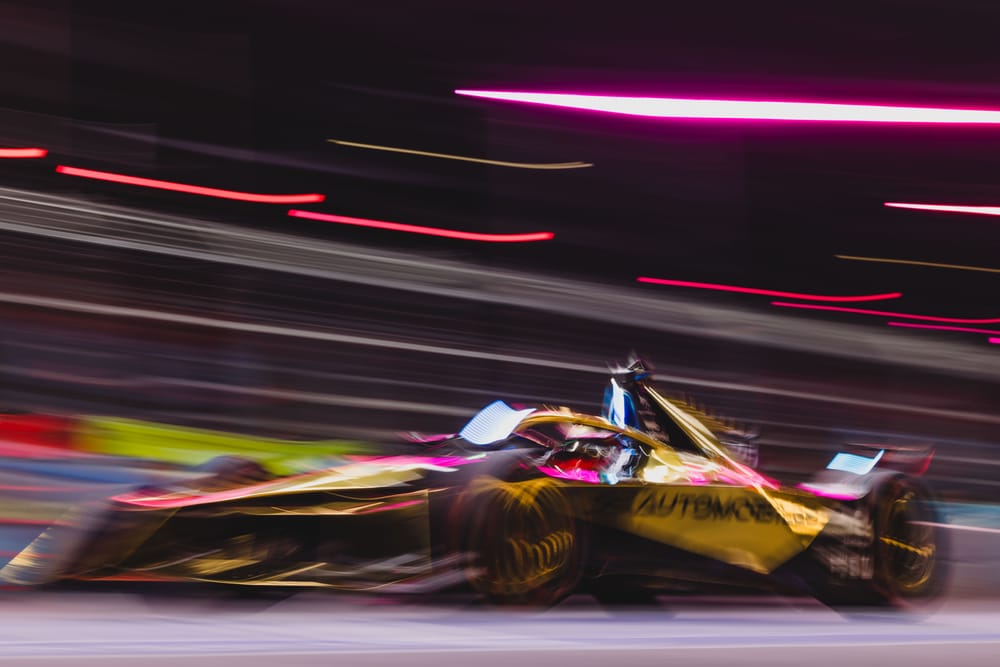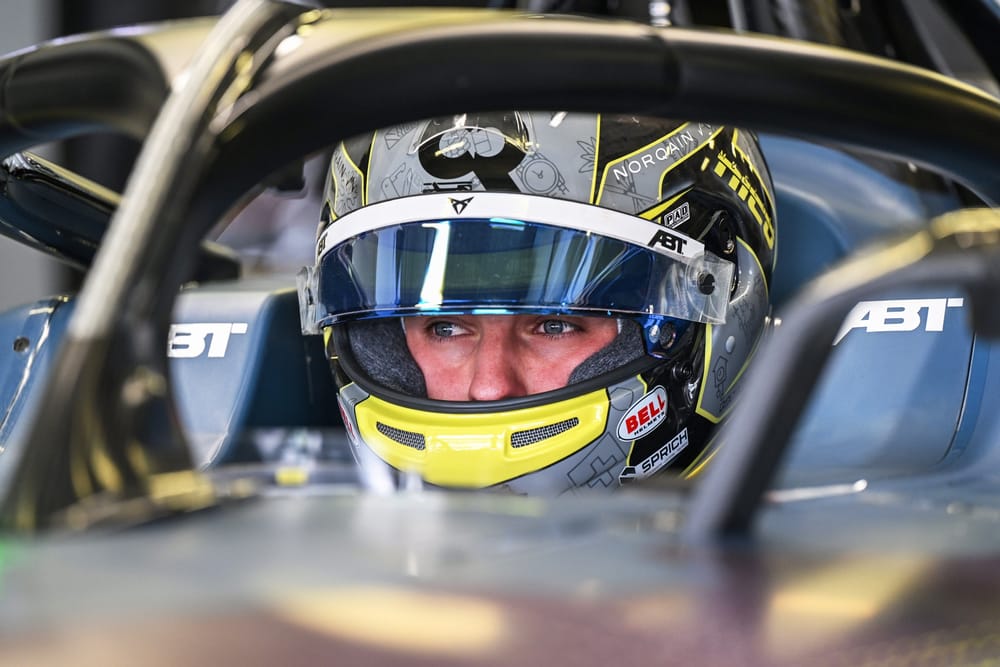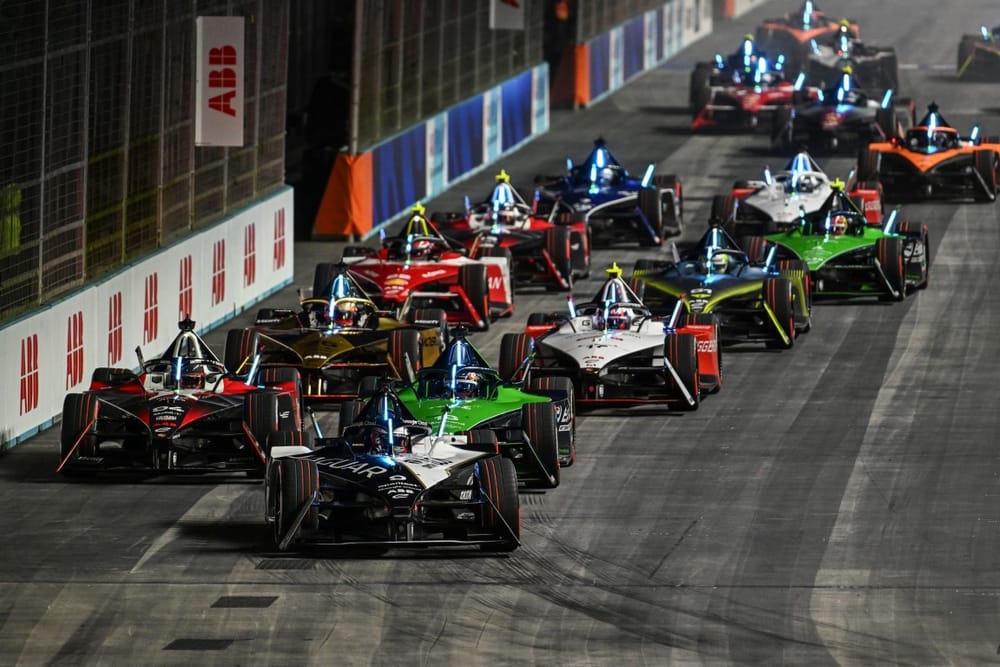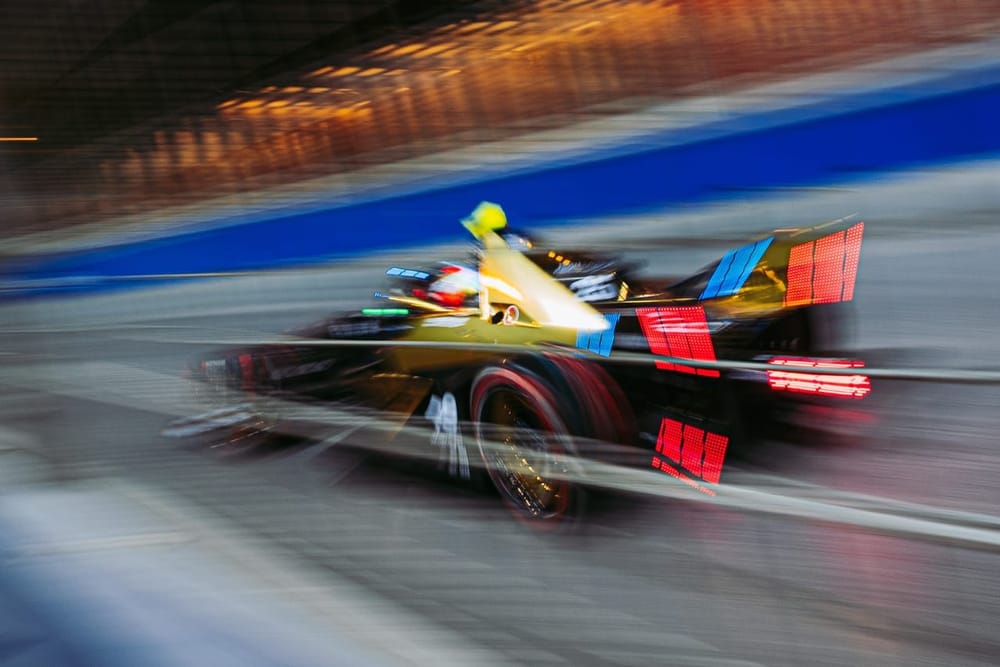Building anything from scratch in international motorsport, in the most over-used phrase of the modern age, is something of 'a journey'.
It takes a dream, then willpower, a dash of luck but most of all skill, aptitude and building a team of people that can deliver a winning unit.
It took Jaguar a while to do it, yet done it, it has. In December, ironically a week after it starts its next Formula E campaign in Sao Paulo, Jaguar will officially receive its FIA Formula E World Championship teams’ trophy.
Likewise, Porsche will attend the same event in Kigali, Rwanda where Pascal Wehrlein will collect his drivers' crown. There is a neat symmetry in the fact that two of Formula E’s most prestigious manufacturers have won their first silverware at the same time.
Their stories are vastly different. While Jaguar was entering its first race in Hong Kong in 2016, Porsche was right in the middle of a record-breaking sportscar programme with the 919 Hybrid project.
By this time though Porsche was already looking at Formula E and the following summer of 2017, it went public with its plans.
But, while Porsche had a great deal of advanced knowledge of electric technology through that remarkable 919 programme, an army of engineers and a strong cell of a team already in place, some of which could be transferred across, Jaguar had little experience to call upon.
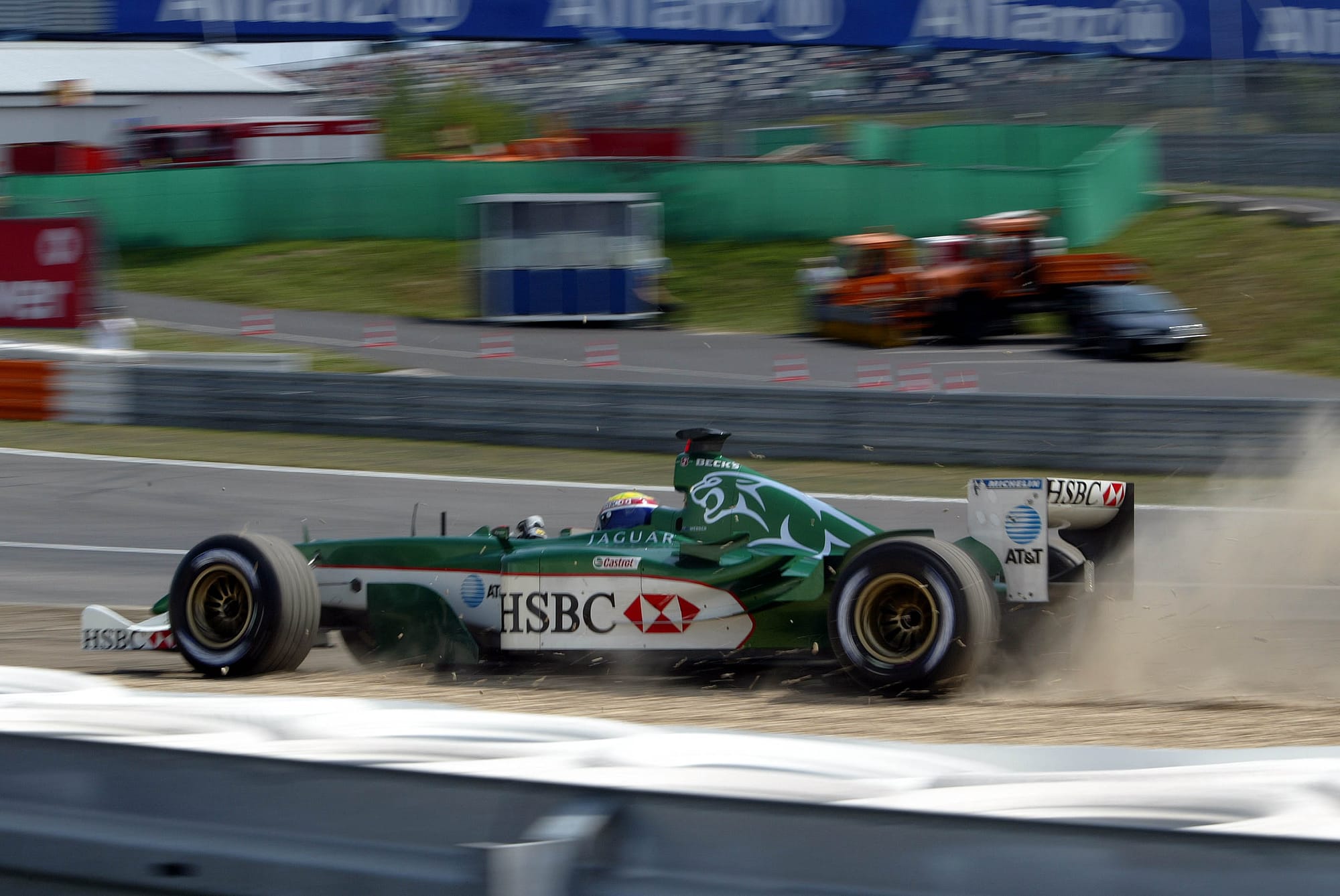
The Big Cat hadn’t been seen in the motorsport wild since a largely woeful Formula 1 programme between 2000 and 2004 when a detachment of its then Ford-owned board to the programme, and actually reality itself, left it in the category of embarrassment.
A dozen years on and Formula E came at the right time for Jaguar to re-enter competition as a factory entity. At the Long Beach Formula E round in the spring of 2015, James Barclay, then the global head of sponsorship and brand partnerships was using his access to influential names to scout out a plan to reignite Jaguar’s international racing credentials.
A decision to embark on an FE programme, which would be an outlier for a more concerted all-electric future for Jaguar Land Rover, now owned by the Indian conglomerate Tata, was given the green light.
The early years were relatively sparse on success. Jaguar articulated why at every given opportunity. Although it was the first proper manufacturer to commit to Formula E, there was no plug-in infrastructure or sister projects it could absorb or even learn from like Porsche, Mercedes and Audi would benefit from.
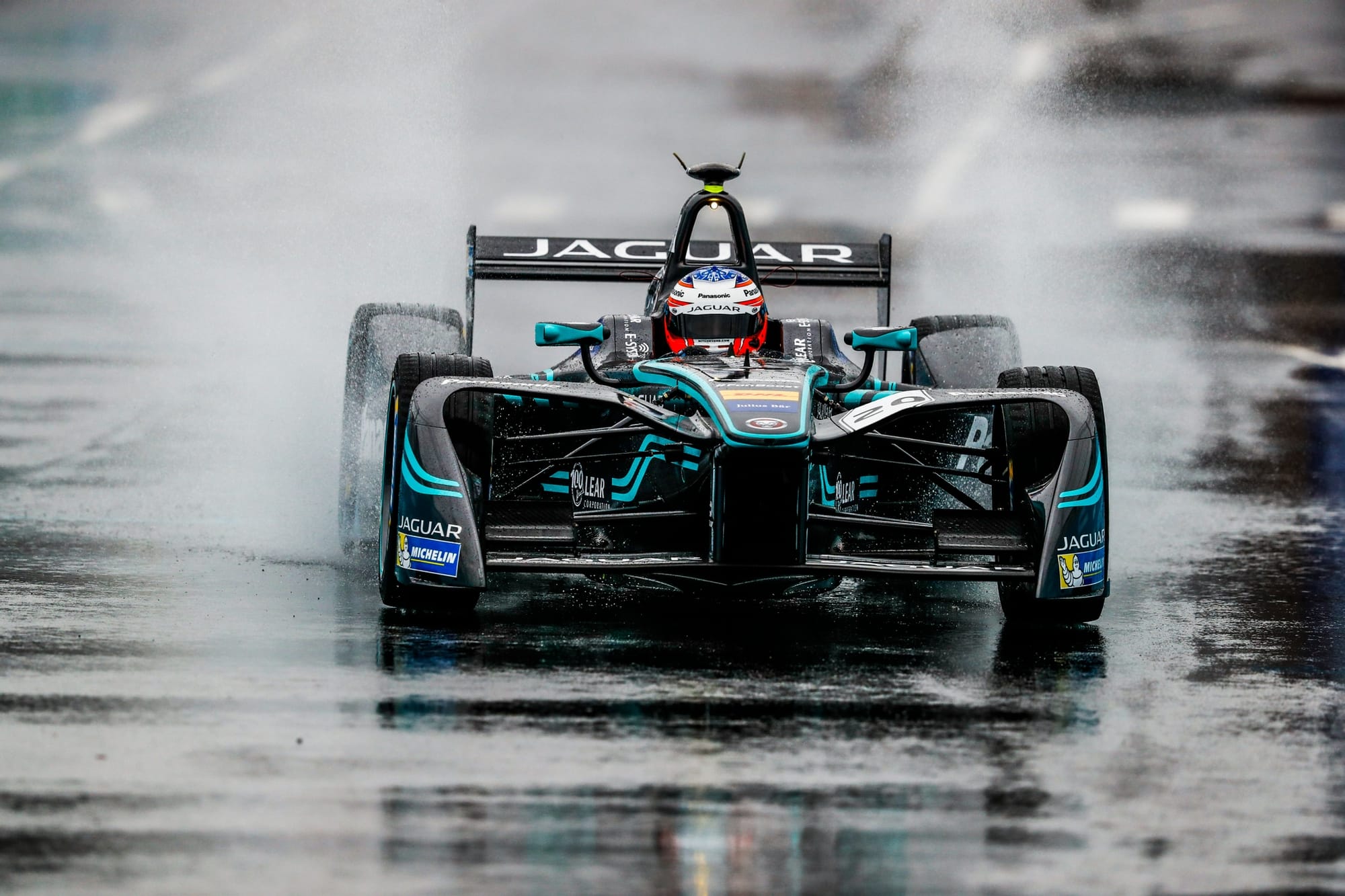
The trickiest element of this for Barclay and co was that from a human resources point of view, it was not in a position to attract experienced personnel from around the paddock or crib from existing programmes.
But it foresaw and softened this challenge to a degree by partnering with the Williams Advanced Engineering company, with which it had worked on projects such as the Jaguar C-X75 hybrid supercar.
Operationally and R&D-wise this was a bit of a masterstroke, as was implementing Craig Wilson, the managing director of WAE, to take on race direction for the team.
Wilson, the quiet man of the last decade for Jaguar, had been a Jaguar Sport and TWR pioneer in the UK with the Group C programme from 1988 onwards. After becoming managing director of TWR and then Holden Racing later in his career, Wilson was a kind of business and technical oracle who helped forge a key vision for Jaguar in Formula E.
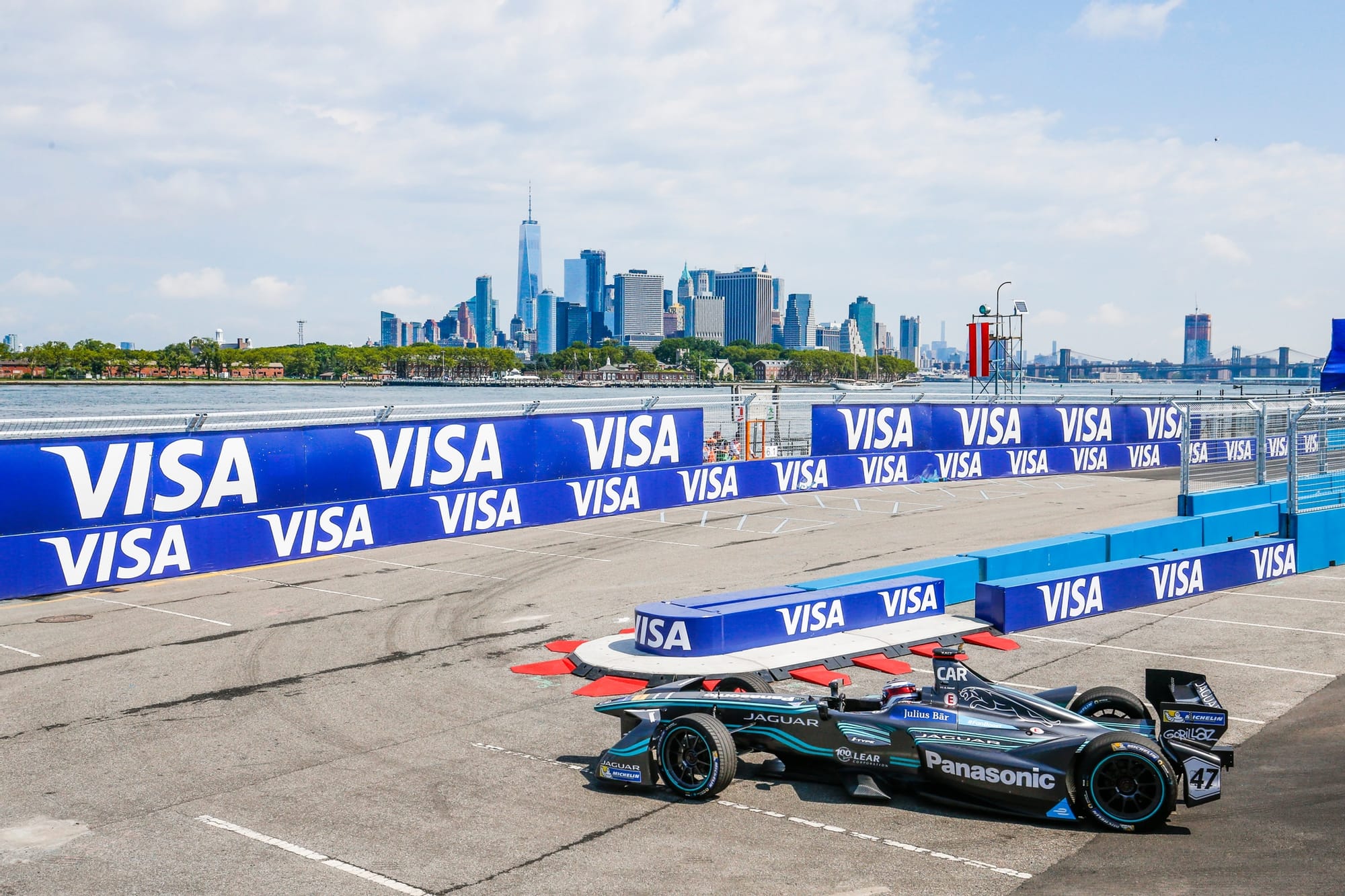
But there was pain before gain with a fallow learning season in 2016-17, with Mitch Evans and Adam Carroll scoring 27 points between them, consigning Jaguar to last in the standings in its maiden year.
Then the milestones came quickly. And they did so in conjunction with what we now know as Jaguar TCS Racing really beginning to form.
Around the same time that inaugural FE champion Nelson Piquet Jr joined the team in 2017, his former engineer at Renault F1 Phil Charles also jumped aboard. As did performance engineer Paul Davison and Sam Bird’s ex-Virgin Racing engineering chief Patrick Coorey.
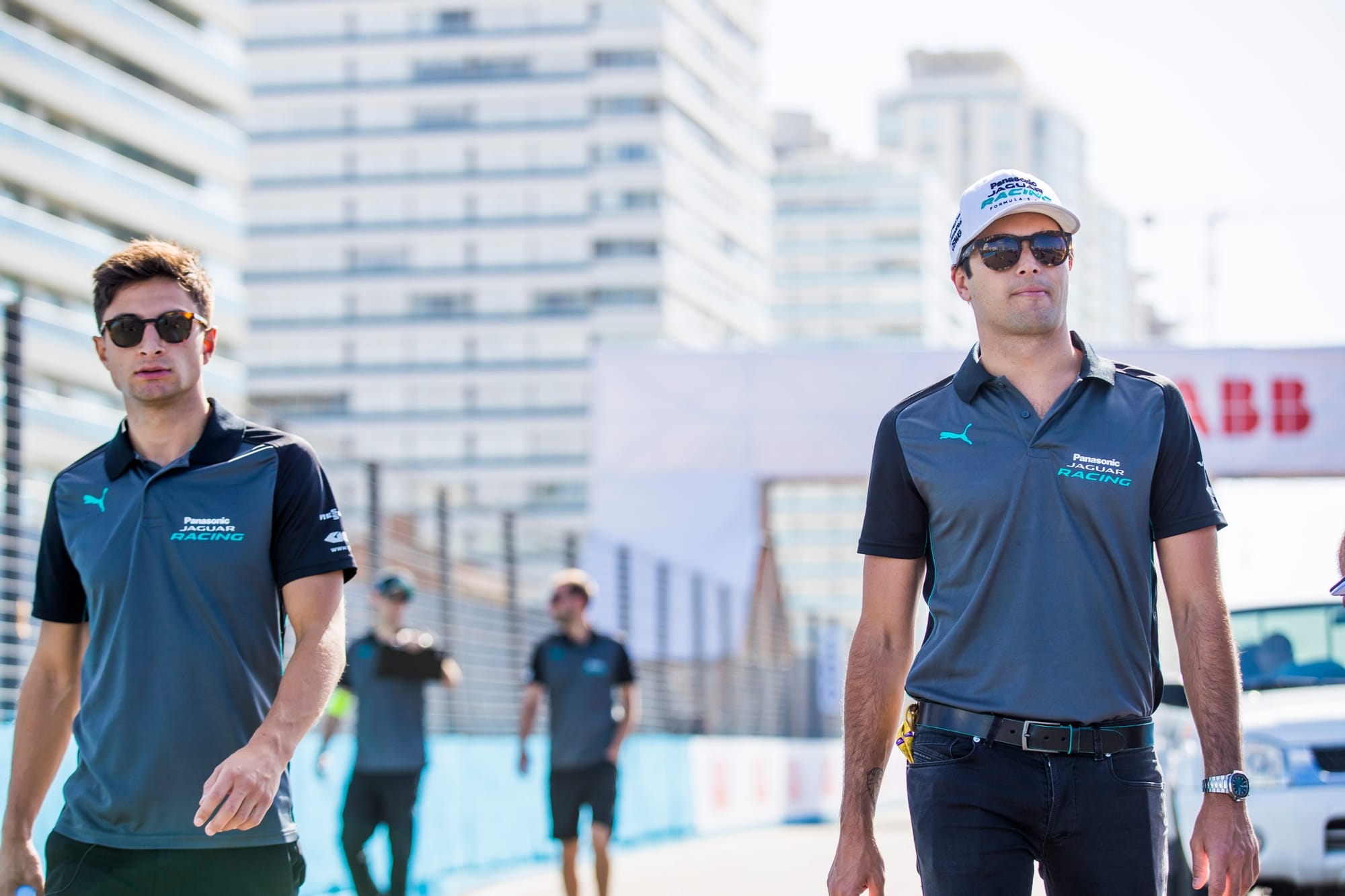
It was a vastly different-looking team that turned up for Jaguar’s second season in 2017-18. By the end of 2018, Jaguar had a first podium and pole courtesy of Evans. And while Piquet toiled and was eventually replaced after a torrid time up against Evans, the feeling was that Jaguar was becoming what it always threatened to be: a sleeping giant that was about to wake up.
The 2019-20 season was pivotal for Jaguar. The COVID-interrupted year was - in Barclay's words - when “we designed a race car based on races we're going to be doing” and we “really focused on a car that would work at the majority of tracks, which were street tracks at that time".
It seemed obvious but back then there was scheduled to be a high percentage of pukka street circuits. But then half the season ended up being at Tempelhof, a track Jaguar really struggled on traditionally - it had only ever finished in the top six once (in 2018) in five previous races at the Berlin airfield.
When the pandemic paused the season after round five in Marrakesh, Evans was eventual champion Antonio Felix da Costa's closest rival, just 11 points behind. Six strange months and six Berlin races later, Evans ended the season seventh in the championship with an 87-point gulf to da Costa.
“We were caught out because of that and we'd really focused on a certain direction,” admits Barclay now.
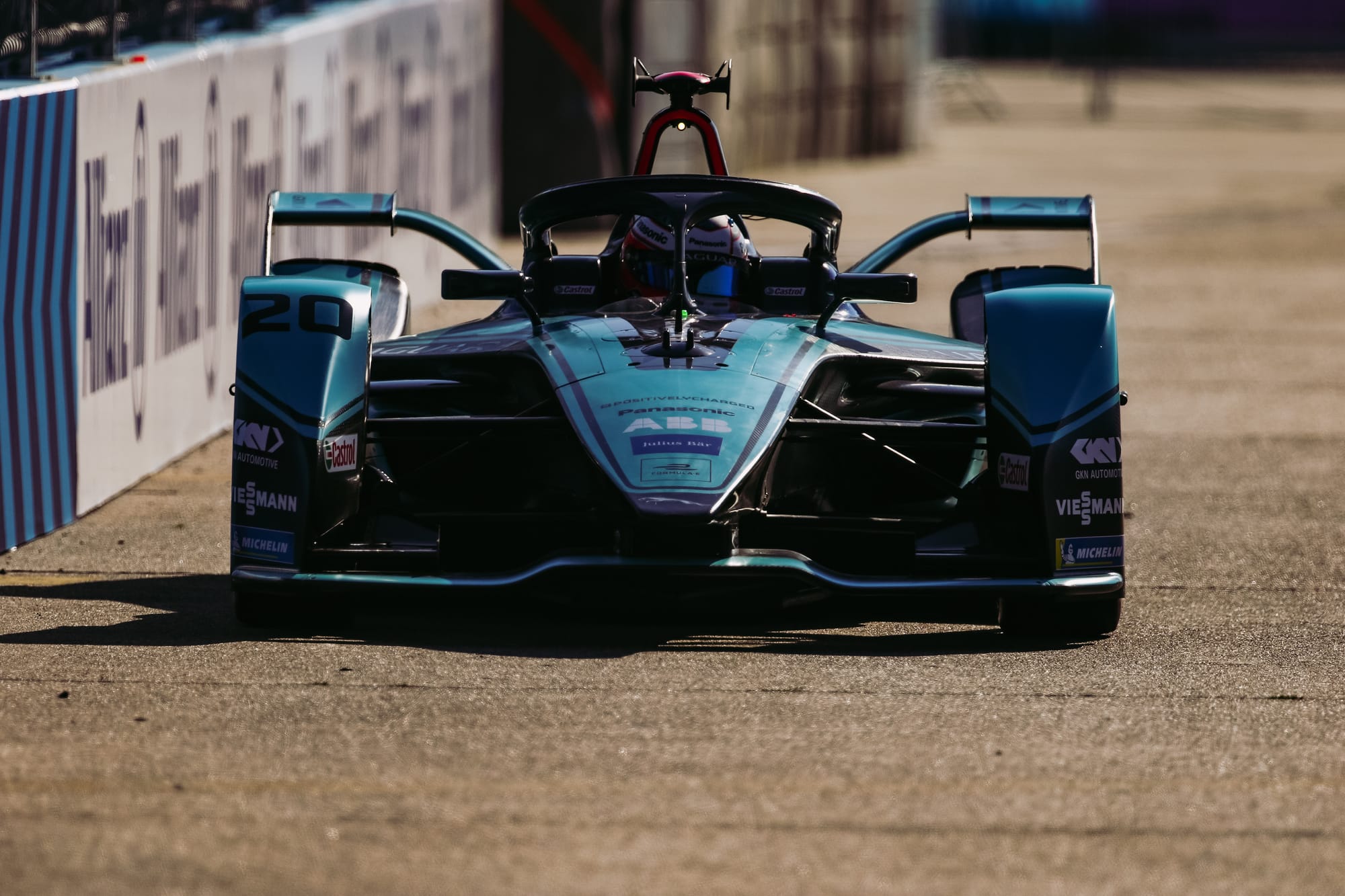
“As each car has gone on, we've learned from these lessons. We've had a philosophy that says we have to have a car that can work everywhere.
“It does mean compromising in some places, but you try and find the best middle ground you can. That's what we've really focused on.
“The Jaguar I-Type 6 [its Gen3 car] has found that balance well."
The Jaguar on longer radius corners is now as good as the famed rotation and traction it has had for several iterations of its hardware.
Winning at the critical points of every season is key. This year Jaguar managed that at the start (Nick Cassidy’s win in Diriyah) and in the middle (Evans’ success in Monaco). And it should have done so at the end, particularly at Portland.
Had it not been for Cassidy’s error while leading in the United States, Jaguar would have scooped the drivers’ championship to go with the teams'. It also took the manufacturers' trophy, although this will only be recognised as a full world championship from next season onwards.
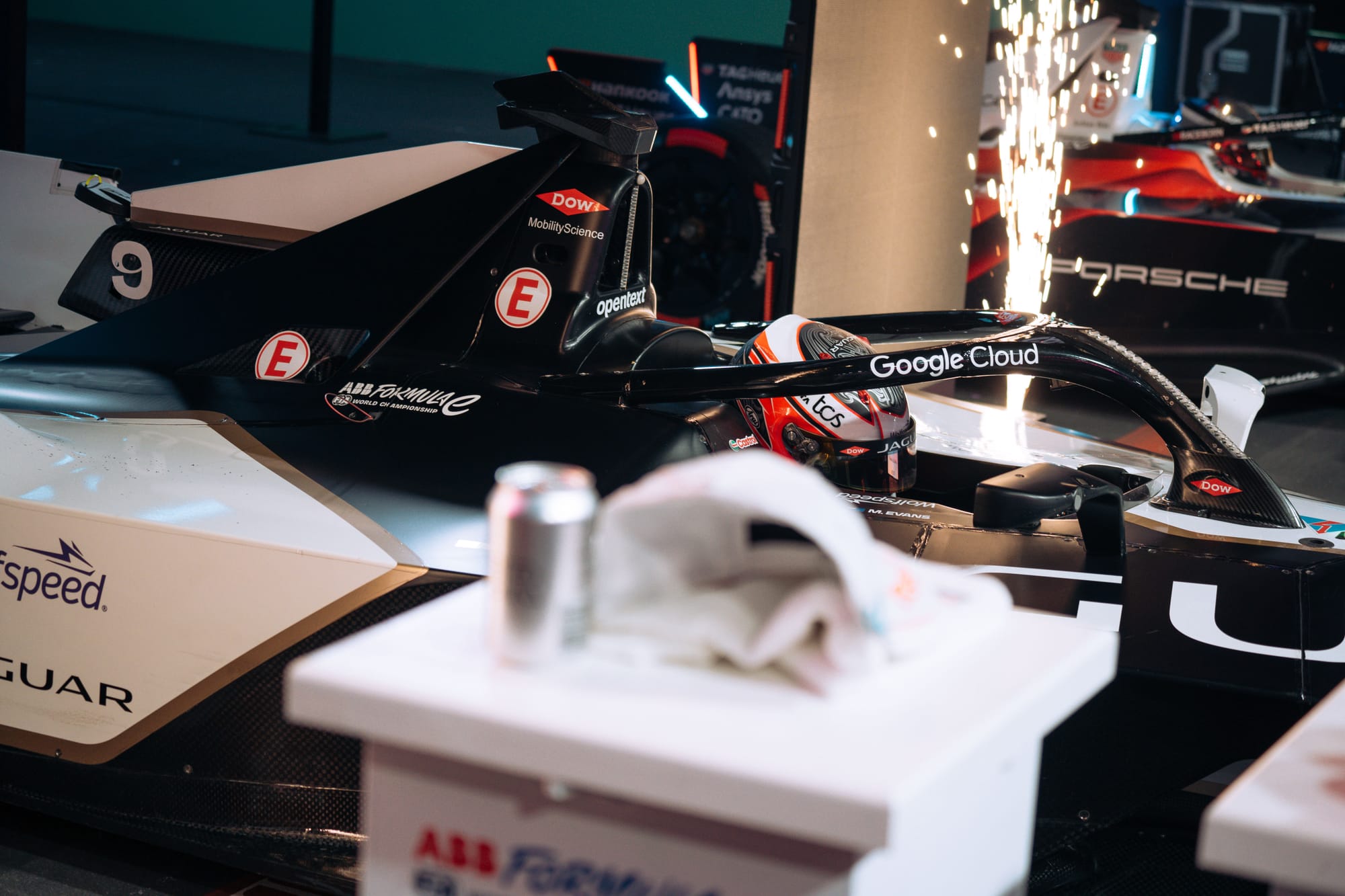
Jaguar was the outstanding team of 2024. Errors were still there and really it should have swept the board. But nothing can be taken away from the fact it pretty much dominated the points collation with consistently excellent performances.
The way in which it integrated Cassidy was especially efficient. At a time when two past champions da Costa and Stoffel Vandoorne showed how difficult it can be to gel with a new manufacturer, Cassidy strode into Jaguar like a man who’d been there all his life.
That may sound glib to some, and Cassidy certainly had to form a host of new relationships, but at the Valencia test just a couple of months after he’d joined, Cassidy was looking every bit as comfortable as his old friend, Evans.
“The performance this year is a testament to the men and women on our team who are not only working incredibly hard but are so passionate about this team and its success,” Barclay said at the London E-Prix last month.
The Race knows it has come in for some criticism for a perception that we over-accentuated former technical director Charles’ influence and contribution to Jaguar’s programme.
And while Charles’ legacy is certainly still there, it has been adapted and utilised since by others. More than that, the change has opened up opportunities for new personalities to be promoted and pivoted within the organisation, something which Barclay was (unprompted) happy to expand on.
“A team has to always be more than one person,” he says.
“We're a collection of the group and we have always really worked hard. Phil was also very much part of that.
"Making sure we were developing the next generations is a critical part of any organisation. You have to have that. I'm incredibly proud. Phil was a big part of this team.”
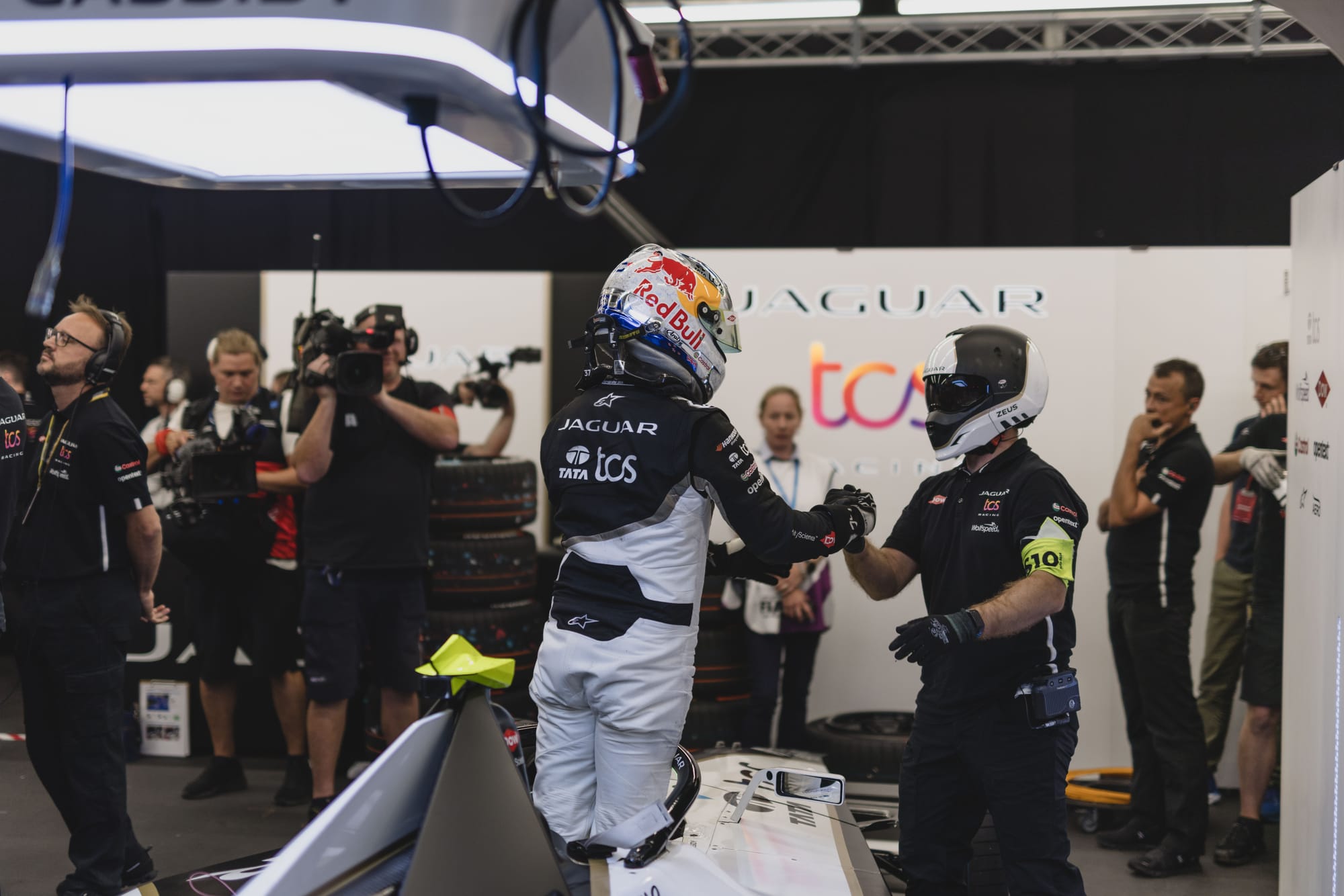
Maintaining strength and depth amid a reorganisation is difficult in any business but in something as competitive as Formula E it can become a precipice. Jaguar stared at that challenge and rarely flinched.
The way Barclay and others have run Jaguar has enabled people to have enough power combined with their own ability to step into big shoes when needed. It’s also given an opportunity to restructure slightly what they did in the past as a team.
That means more of a shared responsibility for some of the things Charles would have done purely himself. So breaking that up across existing team members accordingly now appears to be a shrewd move.
“We're never complacent,” adds Barclay.
“We know that winning is not just a given. We have to have the right people in the right roles, working in the right way.
“That's exactly what this year has been about, really focusing. The results have been testament to that.”


